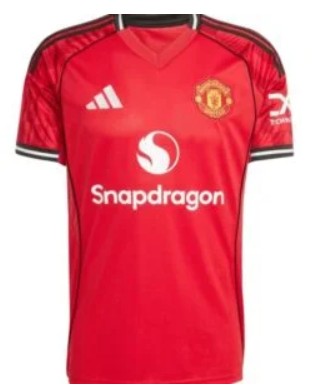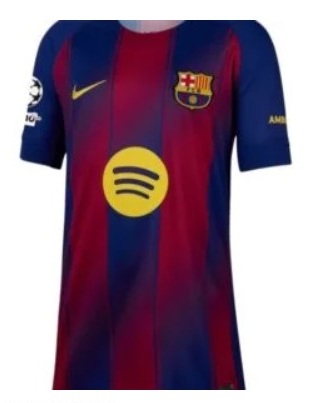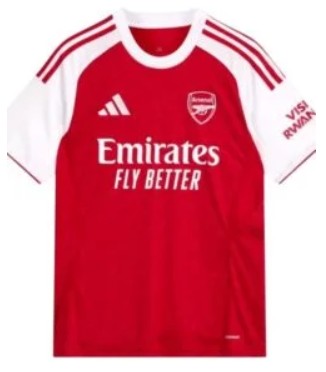Understanding Value: The Mathematical Foundation of Winning
Value exists when bookmaker odds imply a lower probability than the true likelihood of an outcome. If Manchester City has a 70% chance of winning but odds of 1.60 (implying 62.5%), that’s positive expected value (+EV). This mathematical edge, compounded over hundreds of bets, guarantees long-term profits.The formula is elegantly simple: Value = (Probability × Odds) – 1. When this calculation exceeds zero, you’ve found value. A 55% chance at 2.00 odds yields: (0.55 × 2.00) – 1 = 0.10, representing 10% value. Professional bettors rarely bet without at least 5% perceived value.Understanding implied probability transforms how you view odds. Decimal odds of 2.50 imply 40% probability (1/2.50). When your analysis suggests 45% true probability, you’ve identified value worth backing. Master odds interpretation to spot these opportunities instantly.Why Bookmakers Leave Value: Market Inefficiencies
Public Bias Creates Opportunities
Bookmakers balance their books by adjusting odds based on betting patterns. When public money floods popular teams, odds drift beyond true probabilities. Manchester United at home might attract 80% of bets despite only deserving 60% win probability, creating value on their opponents.Recency bias drives particularly profitable opportunities. Teams on winning streaks get overbet regardless of opponent quality or underlying performance. After Liverpool’s 7-0 victory, their next match saw inflated odds despite facing a tougher opponent. Smart bettors fade these public overreactions.Information Asymmetry
Value emerges from knowing something the market doesn’t – legally, of course. Local knowledge, weather expertise, or deep statistical analysis creates edges. While bookmakers employ teams of traders, they can’t be experts on every market, especially lower leagues or niche sports.Timing matters enormously. Early markets often misprice matches before sharp money corrects them. Alternatively, late team news can create value if you react faster than the masses. Live betting particularly rewards quick thinking and superior information processing.| Value Source | Frequency | Edge Size | Best Markets |
|---|---|---|---|
| Public bias | Very High | 3-7% | Popular teams, primetime games |
| Early markets | High | 5-10% | Opening lines, futures |
| Team news | Medium | 10-20% | Starting lineups, injuries |
| Weather/conditions | Low | 5-15% | Totals, specific sports |
| Statistical models | High | 2-5% | All markets |
Calculating True Probabilities: Your Value Foundation
Statistical Modeling Approaches
Building accurate probability models starts with relevant data. Goals, shots, possession tell partial stories – expected goals (xG), player availability, and tactical matchups provide fuller pictures. Start simple: a basic Poisson model for football can identify value surprisingly well.Key variables for football modeling include: recent form (weighted by recency), home advantage (league-specific), head-to-head records, and rest days. Advanced models incorporate weather, referee tendencies, and motivational factors. Poisson and Elo systems offer proven starting frameworks.Calibration separates good models from great ones. If your 60% predictions win 60% long-term, you’re properly calibrated. Track every prediction to identify biases – most beginners overestimate favorites and underestimate draws. Adjust accordingly until predictions match reality.Subjective Analysis Integration
Pure models miss contextual factors that dramatically impact matches. Derby intensity, manager pressure, European scheduling – these intangibles matter. The best approach combines model outputs with subjective adjustments, typically 70/30 or 80/20 splits.Develop systematic approaches to subjective factors. Score motivation 1-5, adjust home advantage for crowd restrictions, weight injuries by player importance. Consistency matters more than perfection – systematic biases can be corrected, random adjustments cannot.“Value betting isn’t about picking winners – it’s about finding bets where you’d happily take either side of the wager at the available odds. When you’d bet both ways, you know you’ve found true value.” – Matthew Benham, Brentford FC Owner and Professional Bettor







